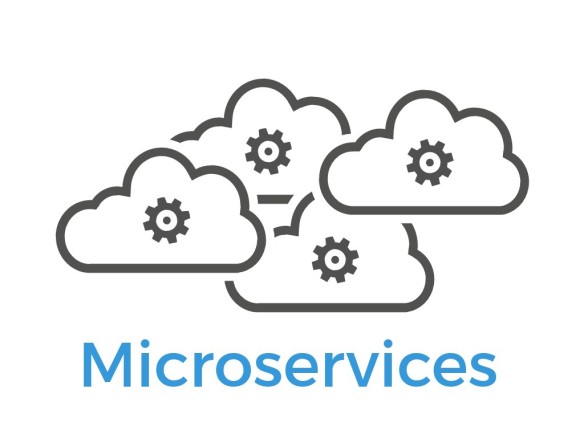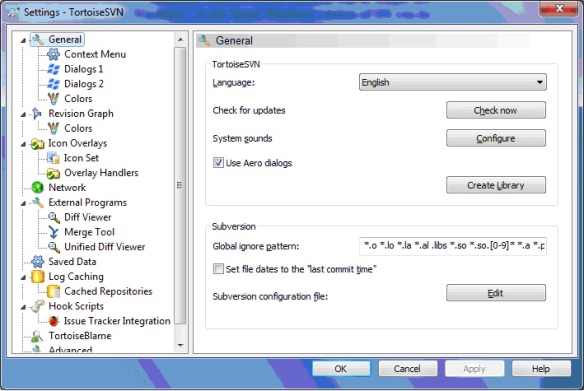Introduction

Rapid digitization causes tectonic shifts in customer expectations across industries. Many are struggling to adapt to this accelerated change. As a result, many businesses are aggressively pushing IT to cut delivery time, reduce cost and improve quality. Microservices architecture (MSA) has emerged one way to address these challenges. MSA explains the new way of designing software applications as suites of small, loosely coupled independent services.
The Microservices pattern represents a new approach creating applications, combining the concepts of service-oriented architecture (SOA), containerization and DevOps. This pattern combines the principles of SOA with bounded contexts to create small, autonomous Microservices. This builds by small agile teams, using continuous integration and delivery, often leveraging containerization for rapid deployment.
As a result, the Microservices pattern enables scalability, speed, efficiency, and agility. Talking about the leading trends in enterprise architecture, the Microservices pattern presents a bucket of opportunities as well as challenges. Implementing Microservices architecture can rethink several enterprise architectural concepts, thought processes and workflows.
Digital transformation refers to new, all-digital ways of doing business and making decisions. The digital on-ramps to transformation arise in emerging highly scalable, very reliable converged infrastructure. Both Microservices and containers are destined in this enterprise re-platforming, for different reasons. Containers hold significant benefits both for developers and the development effort as well as for the organization itself. Let’s get a clear sense of how Microservices play a major role in Digital Transformation.
Microservices Role in Digital Transformation
Microservices become one of the enablers in the digital transformation journey. It has some basic characteristics:
- Always focused on “Business Need”.
- “Single Responsibility” — Focused task and hence lightweight.
- De-centralized API (every Microservice exposes its own set of APIs).
- De-centralized data (every Microservice manages its own data).
- Independently deploy, manage, scale and monitor.
- Inter-communication between Microservices happens through patterns – HTTP REST or Message Brokers.
- Technology is agnostic.
- The focused team handles the Microservice end-to-end.
To implement a Microservices architecture, organizations require an organizational shift, such as close collaboration between developers and operations.
Areas to Focus
- Rapid deployment: With many services to manage, organizations need to deploy them, both to test and production environments.
- Fast provisioning: With continuous delivery, organizations must have automated mechanisms for machine provisioning, as well as for deployment, testing, etc.
- Basic monitoring: More moving parts must coordinate in production, basic monitoring should in place to detect problems quickly. This monitoring can detect technical issues such as service availability and business issues.
Benefits of Microservice
- As the Microservices are relatively small, easier for a developer to understand and the development time is faster when compared with traditional monolithic applications.
- Loosely coupled and follows communication between Microservices (REST/Message Brokers).
- Deployment and start-up times are faster due to lightweight in nature. In addition, the deployment time improves using a combination of containerization (Docker) and Continuous Integration.
- Each service develops and deploys independently of other services – easier to deploy new versions of services frequently.
- High availability of the application – With this approach, the applications become more reliable. The reason is, even if a specific Microservice goes down, only the feature provided by the concerned Microservice becomes unavailable and the rest of the application is still accessible and functional.
- Scalable – Automatic horizontal scaling of the Microservices achieve using the auto-scale features by a few cloud providers.
- Cloud adoption becomes easier.
- Improved fault isolation – If there is a memory leak in one service then only that service will affect. The other services will continue to handle requests.
Microservices, containers, continuous integration and delivery have become critical tools in the digital transformation journey. Microservices architect applications in a way that is resilient, adaptable, and portable to almost any infrastructure. This is the only way that can help achieve broad-scale automation.
The accelerating digitization of business drives many organizations to rethink their operating models to meet the expectations of technology-savvy customers. Companies across all industries ensure their services are available through digital channels and are competitive with technological innovations.
Organizations address the business needs for operational flexibility, functional simplicity and continuous change that define today’s digital economy. Techcello provides enhanced functionality combining applications, business processes, and data by containerizing them into hybrid Microservices.



